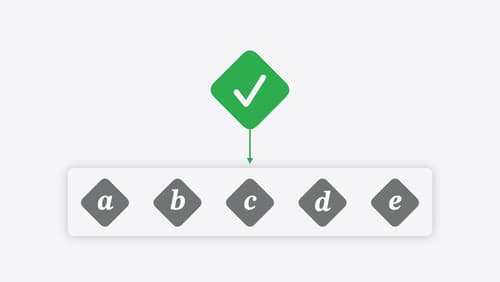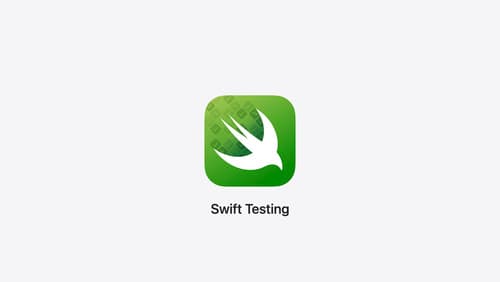How can I move to Swift Testing?
Asked on 2024-07-17
104 searches
To move to Swift Testing, you can follow these steps:
-
Introduction to Swift Testing: Swift Testing is a new open-source package designed for testing Swift code. It includes powerful capabilities for describing and organizing your tests, provides actionable details when a failure occurs, and scales elegantly to large codebases. It supports all major platforms, including Linux and Windows, and embraces modern Swift features like concurrency and macros. You can learn more about the building blocks of Swift Testing in the session Meet Swift Testing.
-
Setting Up Your Project: If you haven't written tests for your app before, start by adding a test bundle target to your project. In Xcode, choose
File > New > Target, then search forUnit Testing Bundlein the test section. Swift Testing is the default choice for this template in Xcode 16. Choose a name for your new target and click finish. For more details, refer to the session Meet Swift Testing. -
Migrating from XCTest: If you have existing tests written with XCTest, you might wonder how to migrate them to Swift Testing. Swift Testing has some similarities to XCTest but also important differences. For example, Swift Testing uses the
@Testattribute to denote test functions explicitly, supports more kinds of functions, and uses traits for specifying information per test or suite. For a detailed comparison and migration guide, see the session Meet Swift Testing. -
Using Swift Testing: To declare a test in Swift Testing, add a
@Testattribute to your function. You can provide a custom display name as an argument to the@Testattribute. Use theexpectmacro to verify that results meet your expectations. Swift Testing also allows you to use tags to organize and filter your tests and to use arguments to avoid duplicating the same test for multiple inputs. For more features, check out the session What’s new in Swift. -
Community and Open Source: Swift Testing is developed as an open-source package and has an open feature proposal process. You can get involved by writing or participating in feature proposals, improving the documentation, and more. The project is hosted on GitHub and will transition to the Swiftlang organization. For more information, see the session Meet Swift Testing.
-
Advanced Features: For more advanced features and workflows, such as parameterized testing, organizing tests, and testing in parallel, you can watch the session Go further with Swift Testing.
Relevant Sessions
By following these steps and utilizing the resources provided in the sessions, you can effectively transition to using Swift Testing for your projects.

Go further with Swift Testing
Learn how to write a sweet set of (test) suites using Swift Testing’s baked-in features. Discover how to take the building blocks further and use them to help expand tests to cover more scenarios, organize your tests across different suites, and optimize your tests to run in parallel.

Platforms State of the Union
Discover the newest advancements on Apple platforms.

Meet Swift Testing
Introducing Swift Testing: a new package for testing your code using Swift. Explore the building blocks of its powerful new API, discover how it can be applied in common testing workflows, and learn how it relates to XCTest and open source Swift.
